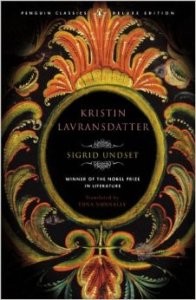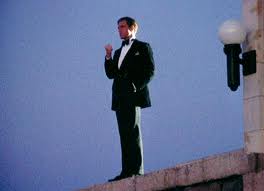We will meet on Wednesday, August 28 at 11:30am to discuss The Cherry Orchard by Anton Chekhov. We plan on holding this meeting in the courtyard. In case of rain or high temperatures, the discussion will be held in the IT Conference room (room 0424).
From Gale Literature Research for Students:
Anton Chekhov wrote The Cherry Orchard during the last year of his life. Though Chekhov intended the play to be a comedy, when it was first produced by the Moscow Art Theater on January 17, 1904, producer Konstantin Stanislavsky insisted it should be played as a tragedy. Chekhov fought against this portrayal, but to this day, most productions emphasize the tragic elements of the piece.
The Cherry Orchard is a play about the passing of an era. Some critics have said that it is a play about nothing more than a wealthy family that loses its beloved cherry orchard and estate to a man of the rising middle class. The action is quiet in this tragicomedy. Chekhov’s family had lost its home to repossession in 1876, and this may have been an inspiration for the story. He also had inspiration for some of the characters while staying at the estate owned by Stanislavsky’s mother in 1902.
Characters in the Play
Madame Lubov Andreyevna Ranevskaya (lew-BOHF ahn-DREH-ehv-nuh rah-NEHF-skah-yah), a middle-aged woman and the owner of a large estate that has become impossible to maintain because of debts.
Anya (AHN-yah), Madame Ranevskaya’s seventeen-year-old daughter.
Varya (VAH-ryah), the adopted daughter of Madame Ranevskaya.
Leonid Andreyevitch Gayev (lay-oh-NEED ahn-DREH-yeh-vihch GUY-ev), Madame Ranevskaya’s brother, a restless, garrulous, and impractical dreamer.
Ermolai Alexeyevitch Lopakhin (ehr-moh-LIH ah-lehk-SEH-yeh-vihch loh-PAH-khihn), a wealthy merchant whose father was a peasant.
Peter (Pyotr) Sergeyevitch Trofimov (PYOH-tr sehr-GEH-yeh-vihch trow-FEE-mov), an idealistic young student willing to work for the future betterment of humankind.
Boris Borisovitch Simeonov-Pishchik (boh-RIHS boh-RIHS-eh-vihch sih-MEH-ehn-of-PIH-shchihk), a landowner constantly in debt, always trying to borrow money.
Charlotta Ivanova (shahr-LOHT-teh ih-VAH-neh-vah), the governess to the Ranevskys, a young woman who does not know her parentage.
Simeon Panteleyevitch Epikhodov (seh-MYOHN pahn-teh-LEH-yeh-vihch eh-pih-KHOHD-of), a clerk in the Ranevsky household. He is in love with Dunyasha, a maid, who does not return his love.
Dunyasha (doon-YA-sha), a maid who is in love with the brash young footman, Yasha. She dresses well and pretends to be a lady.
Firs (feers), an old footman, faithful to the Ranevsky family for generations.
Yasha (YAH-shah), an insolent young footman, Fiers’s grandson.
A Stranger – a sickly homeless man who begs Mrs. Ranevskaya for money.
The Stationmaster
A Post-Office Clerk
Guests, Servants



